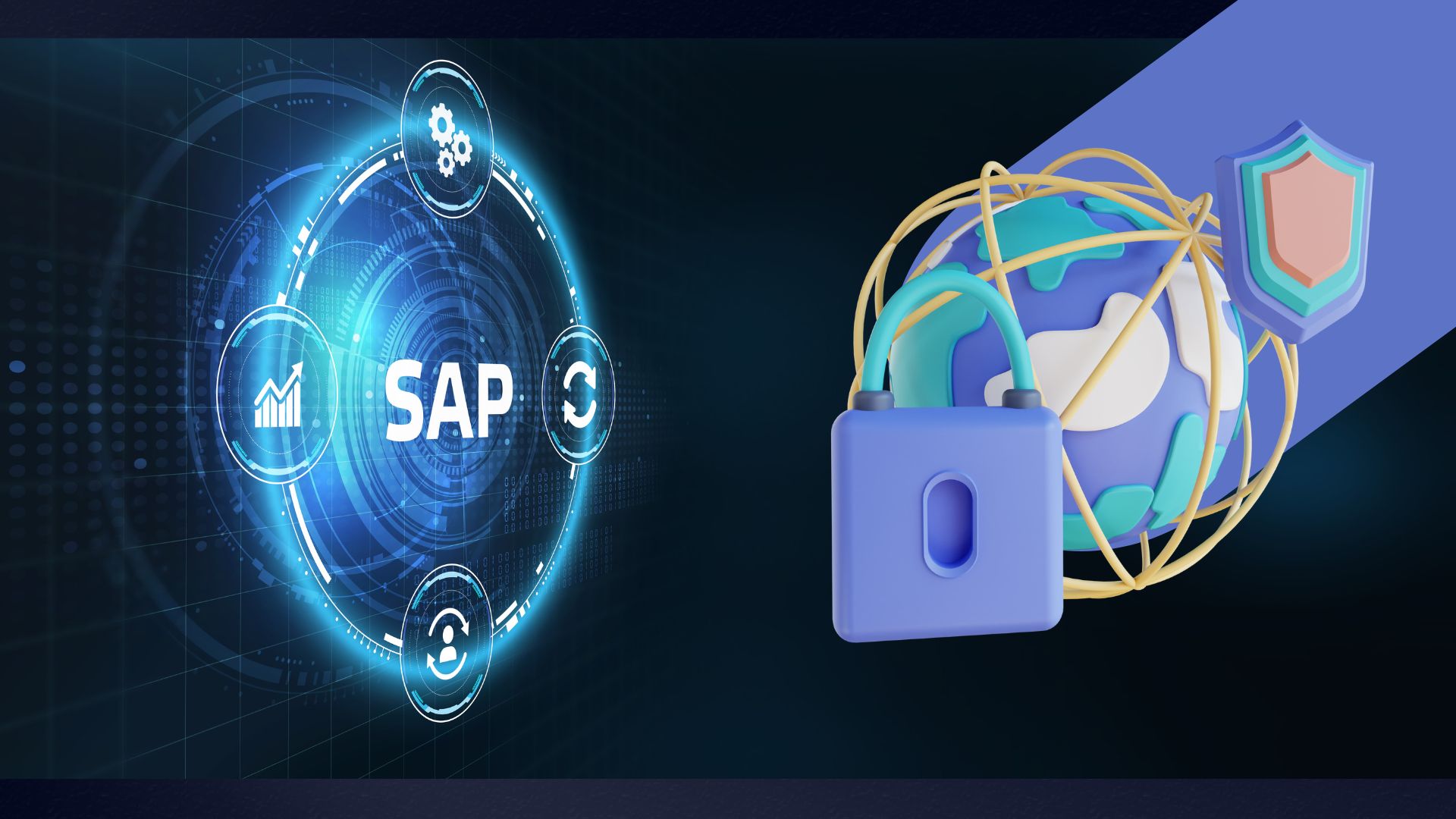IBM ILMT: It’s All about the Money
Page Contents
By Sharon Trembley, Miro Consulting, Inc.
Full capacity is IBM's default position for all organizations licensing its software. You are likely licensing at full capacity if you are not using its IBM Licensing Metric Tool (ILMT), with only a couple of exceptions.
If you don't have ILMT implemented, you're at risk for owing IBM back support and a long audit process that can last up to two years. IBM's initial tolerance for lack of ILMT use and non-compliance has faded over the years, but many organizations are laboring under the assumption that IBM is still friendly and forgiving.
What Is ILMT?
The popularity of IBM's sub-capacity licensing has exploded in recent years, leading IBM to introduce its ILMT software asset management tool, which enables IBM Passport Advantage users to attain and maintain compliance with their full and sub-capacity process value unit (PVU) licensing requirements. This free tool has generated some confusion — and even some fear.
Why Use ILMT?
Money. Period.
With extremely few exceptions, organizations deploying IBM software and licensing it as sub-capacity are required to download and use ILMT. Customers must create, verify, sign and save ILMT reports on a quarterly basis and file them locally within their database.
During an audit, IBM will consider any organization as a full capacity customer — meaning licensing whether used or unused must be properly accounted for and licensed. Many types of IT changes could affect the licensing and essentially expand the need for additional licensing quickly. Examples include — but are definitely not limited to — new hardware and VM guests within clusters.
Sub-capacity vs. Full Capacity Licensing
Under traditional full-capacity licensing agreements, users must obtain PVU licensing for all activated processor cores within their server regardless of how software is deployed. This means your enterprise is only in compliance when you license all processors across the board.
With sub-capacity licensing users pay only for what they are actually using, with the ability to increase or decrease licensing. Users license PVU-based software programs for less than the full processor core capacity. This is useful in a virtualization environment scenario. For example, customers can elect to go the sub-capacity partitioning route using IBM’s logical partition (LPARS) on a pSeries server or allocate virtualized CPUs on VMware. Regardless of method, under sub-capacity licensing the organization licenses only for the computing power used from the physical server.
The advantages of sub-capacity licensing are obvious, but there are some challenges, misinterpretations, misunderstandings and downright incorrect information with the terms and conditions in which sub-capacity licensing must be deployed. This has been and will continue to be an issue that has caused a great deal of time, money and IT resources during an audit, migration or even a procurement process.
No More True-up Tolerance
IBM's initial tolerance for lack of ILMT use and non-compliance has faded over the years and many organizations are laboring under the assumption that IBM will just true-up. The days of simple post-audit true-ups are long gone. With many vendors, and most especially IBM, post-audit shortfall buys are a thing of the past. Instead, expect to pay in full for licensing usage, including penalties and new procurements to fill any gaps.
Aside from the “no more easy post-audit true-ups,” an IBM audit can and likely will be a long drawn-out process handled by third-party auditors. This means money, time, money, human capital resources, money and more money.
IBM Licensing and False Assumptions
Many organizations have false assumptions about IBM software licensing. Among the most common:
- Sub-capacity is automatic. The misinterpretation or misunderstanding of how to implement sub-capacity licensing is a huge part of the dramatic IBM audit issues. This is, by far, the most painful and costly mistake.
- ILMT is a “Big Brother” Tool: ILMT has struck fear into the hearts of organizations. There is an assumption that once ILMT is installed and implemented, IBM will receive reports and know exactly what is going on within your enterprise and IBM licensing compliance. That is false. Any report ILMT creates goes directly and only to the client and not to IBM.
- License partitioning (LPAR) is OK and I don't need sub-capacity licensing. That might be true for some vendors in specific instances, but that is not OK for IBM. Another common error is the assumption that having an LPAR and LPAR history means you qualify for sub-capacity.
While the original function focused on helping Passport Advantage customers monitor and maintain sub-capacity license compliance, ILMT can help any IBM customer to determine full-capacity PVU licensing requirements and whether they have sufficient PVU license entitlements for each Passport Advantage PVU-based installation.
It won't take more than a couple of inquiries to find out if you truly are at sub-capacity and in compliance with IBM's licensing rules. In our experience, three out of five clients aren't. Once you know, the initial steps you need to take are less expensive, less time-consuming and generally less prohibitive than facing an audit.
A senior analyst at Miro Consulting, Sharon Trembley has worked tirelessly in assisting companies during IBM audits, migrations and optimization. With more than two decades of IBM license experience, Miro Consulting specializes in software audit defense, contract negotiations and license optimization, specifically for Oracle, Microsoft, IBM and Adobe.

Sean Michael is a writer who focuses on innovation and how science and technology intersect with industry, technology Wordpress, VMware Salesforce, And Application tech. TechCrunch Europas shortlisted her for the best tech journalist award. She enjoys finding stories that open people's eyes. She graduated from the University of California.


